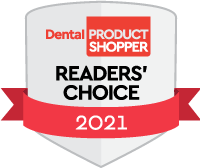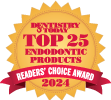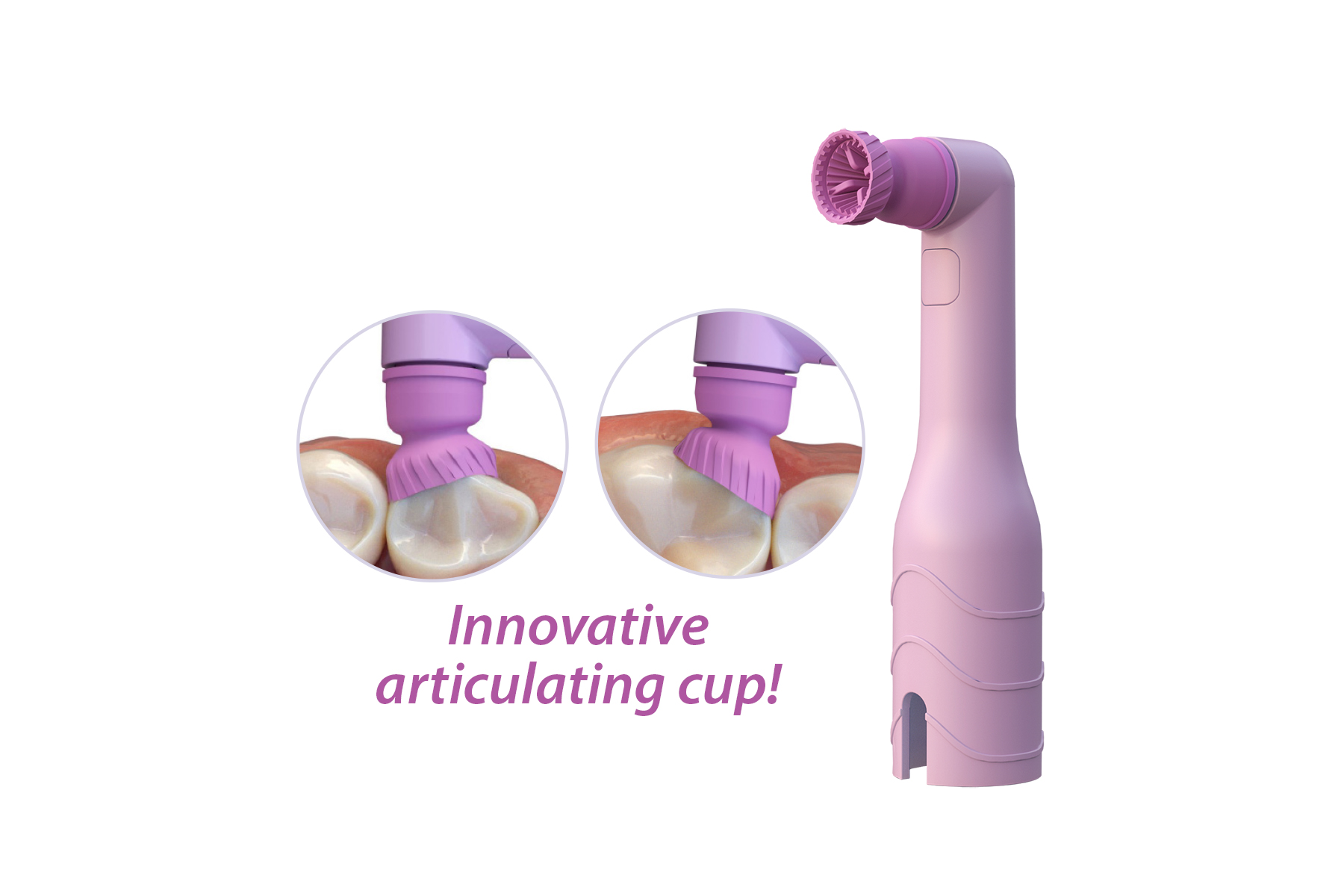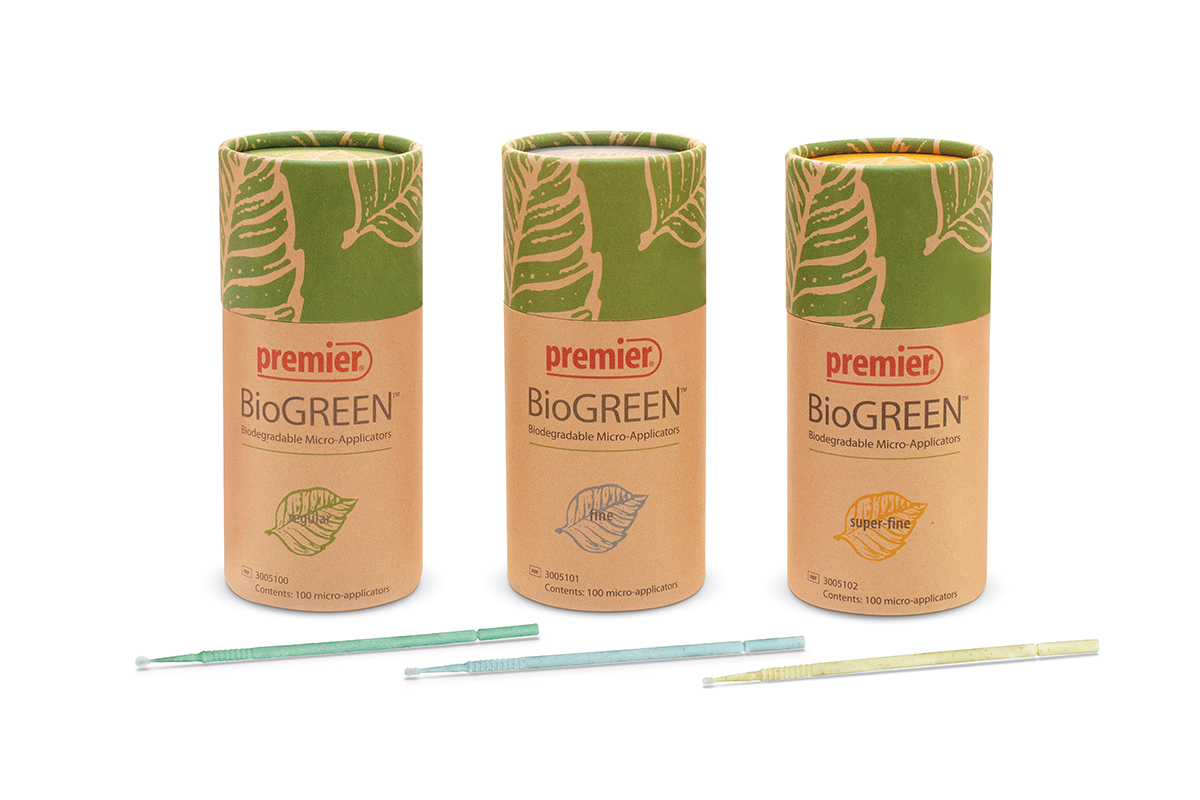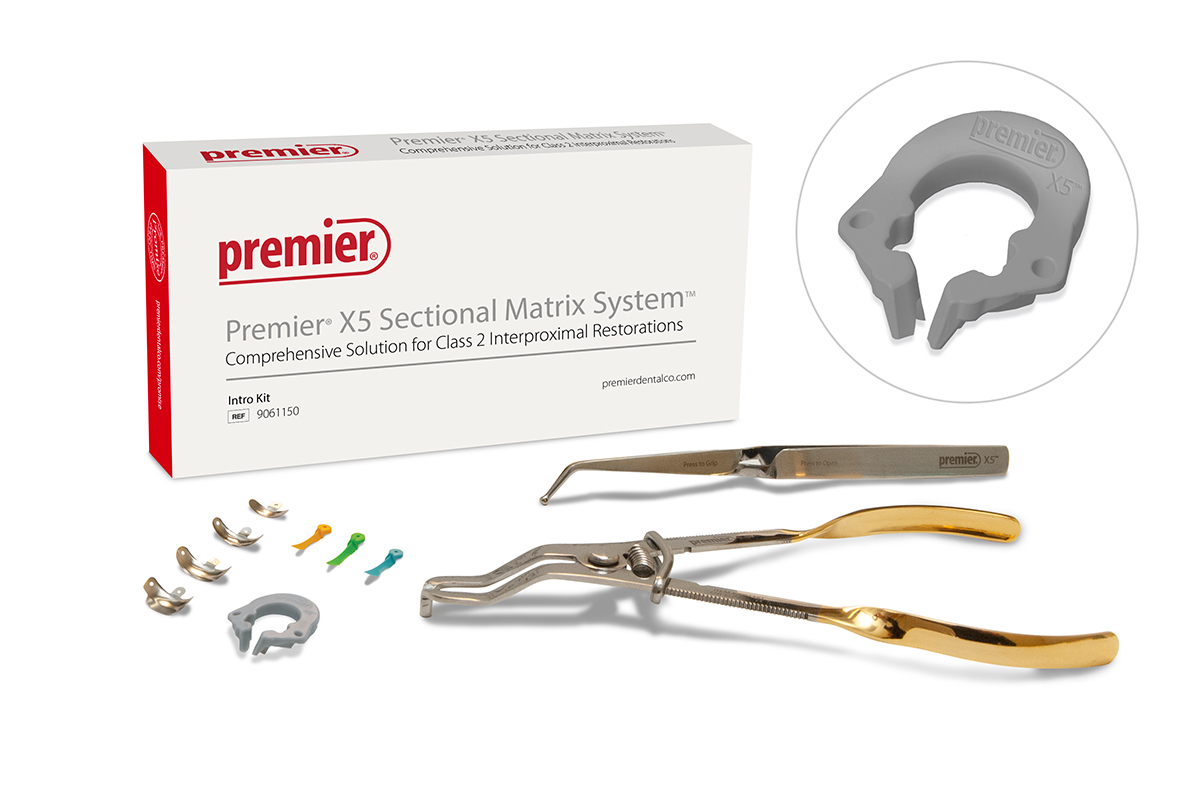Did you know? Chlorhexidine allergy is a REAL thing and it could be fatal!
By: Lillian Caperila, RDH, BSDH, MEd
Since the 1970’s when chlorhexidine was proven to be an effective adjunct to periodontal therapy, it has been included in many dental products such as mouthrinses, varnishes, toothpastes, gels, and sprays. Chlorhexidine has also been included in dental materials such as bonding agents and cavity cleansers, and infection control products such as hand wipes and hand soaps.
Initially recognized in medicine, where chlorhexidine is incorporated into medical devices such as intravenous catheters, topical skin dressings, and implanted surgical mesh, it has become apparent that chlorhexidine can potentially produce allergic (hypersensitivity) reactions. Most often seen as Type IV hypersensitivity (contact dermatitis), chlorhexidine reactions have been reported in both adults and kids and may be the result of topical use on inflamed or irritated skin.
More troubling, Type 1 immediate hypersensitivity (e.g., anaphylaxis) has been reported as well although the prevalence is unknown. In medicine, these cases have involved chlorhexidine use as topical antimicrobials, intra-urethrally during catheterization, and chlorhexidine-impregnated devices. In dentistry where chlorhexidine is most often used as a mouthrinse, two cases of death were reported following Type 1 anaphylactic reactions (Br Dent J 2012;213:547-550.). In both cases chlorhexidine was used after tooth extraction to disinfect the socket, and exposure to the open wound was a suspected aggravating factor.
In an article titled, “Chlorhexidine: Uses and Adverse Reactions” from the journal Dermatitis, the authors present data indicating that the reports of chlorhexidine allergy are increasing. They go on to say, “With the increasing exposure of individuals to chlorhexidine both in and out of the hospital, it is likely that the prevalence of sensitization will rise. Physicians should expect to see more sensitized individuals manifesting with immediate- or delayed-type hypersensitivity” (Dermatitis 2013;24(3):112-8). In the dental setting, chlorhexidine exposure remains common and oral healthcare providers must be aware of the rare, but potentially increasing risk of chlorhexidine allergy.
A potential strategy to mitigate potential adverse reactions is to be mindful and vigilant for the sources of chlorhexidine exposure. One specific example is to eliminate chlorhexidine from hand washes or antiseptic cleaning solutions as highlighted by the U.S. Food and Drug Administration’s (FDA) “warning that rare but serious allergic reactions have been reported with the widely used skin antiseptic products containing chlorhexidine gluconate. Although rare, the number of reports of serious allergic reactions to these products has increased over the last several years.”
This FDA warning followed 52 cases of anaphylaxis, with the use of chlorhexidine gluconate products applied to the skin. Health care professionals should ask patients if they have ever had an allergic reaction to any antiseptic before recommending or prescribing a chlorhexidine product. Advise patients to seek immediate medical attention if they experience any allergic reaction symptoms. (For more information go to: https://www.fda.gov/Drugs/DrugSafety/DrugSafetyPodcasts/ucm540654.htm)








